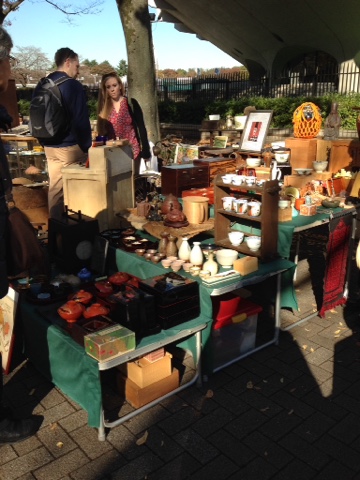Throughout Japan there are weekly, monthly and annual markets. If you are going to be in Japan check on line if any of these sales will be going on during your visit. You can "haggle" a bit and go home with a few treasures at reasonable prices.
Subscribe to:
Post Comments (Atom)
Featured Post
Helpful Vocabulary When Researching Japanese Ceramics
Vocabulary when searching for Japanese Ceramics *I will be adding to this list Dating ( 江戸) Edo Period (1603-1868) (江戸 前期) Ea...
-
From 1921-1941, wares from Japan exported to the United States had to be marked "Japan" or "Made in Japan". During Wor...
-
Kutani ware is from Ishikawa Prefecture. The markings are often in red, but can be impressed, in blue, gold and sometimes black with a g...
-
The This company was in business from 1954-1994. It was bought out by Enesco in 1994. Registered in NYC and San Francisco. Recognized by it...








No comments:
Post a Comment